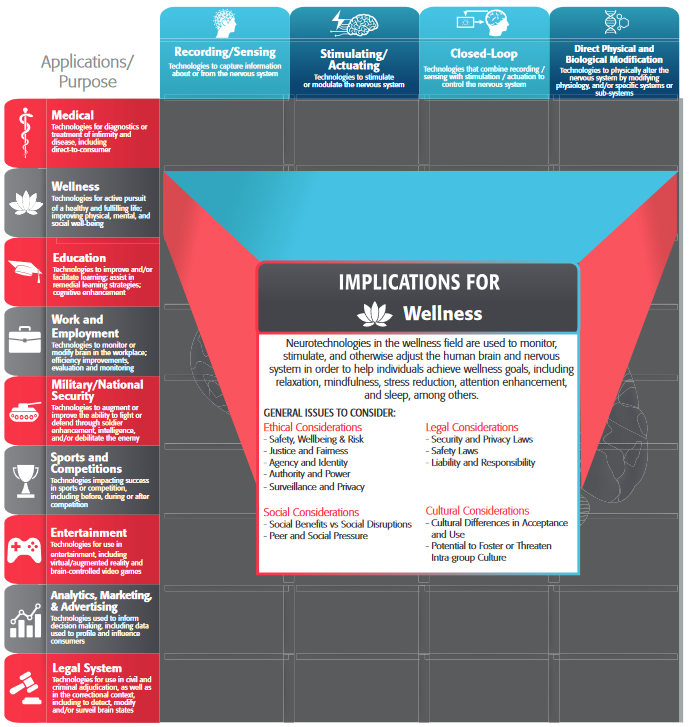Communicated by Dr. Jun Wang
RESEARCH
December 2021
Linran Zhao, Wen Li, Maysam Ghovanloo, Yaoyao Jia
There is an increasing realization that the majority of brain functions relate to a large distributed network of neurons that are spread over different interconnected regions of the brain. Thus, neural recording and modulation of the future will require the ability to simultaneously interface with multiple neural sites distributed over a large brain area. Traditional methods for modulating neuronal function have relied on direct stimulation by tiny electrodes, which effectiveness is undermined by the limited spatial and temporal precision with which individual cells can be selectively targeted. The emergence of optogenetic stimulation provides distinct advantages over electrical stimulation, such as cell-type specificity, sub-millisecond temporal precision, and rapid reversibility. Optogenetic neuromodulation has the potential to revolutionize the study of how neurons operate as members of larger networks and may ultimately help patients suffering from neurological disorders. Hence, we aspire to design a distributed wireless neural interface framework to stimulate large-scale neuronal ensembles over large brain areas. The distributed framework includes an array of tiny, wireless, and highly efficient implants, each of which operates autonomously to stimulate neural activities.


